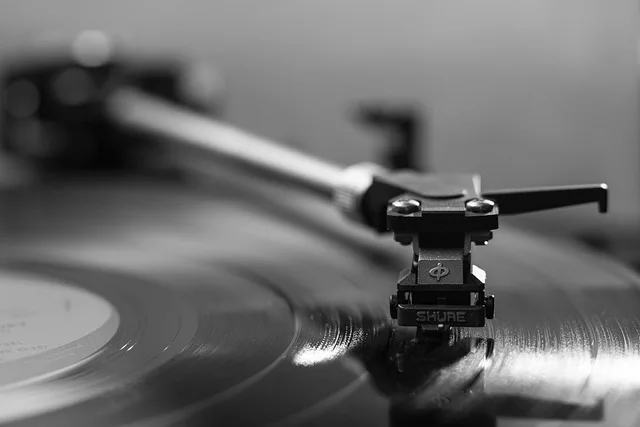Ah, vinyl – that ancient artifact of analog sound, the original holy grail of audio fidelity. In an era characterized by the ceaseless torrents of digitalization, the odd resurgence of vinyl records in our music industry is a phenomenon that commands our curiosity, and more so, our profound consideration. And yet, here we stand, in the throes of an era that prides itself on ultra-high-definition, infinite content, and convenient streaming services, finding an odd solace, an uncanny comfort in the deliberate inconvenience of vinyl.
One could well ask – why this deliberate descent into inconvenience, when the bright, buzzing digital landscape holds out the promise of the world’s music at our very fingertips? The answer, though not immediately apparent, is entrenched in the very essence of our being – our relentless search for authenticity, the tangible, the real, in a world increasingly characterized by the fleeting and intangible. In the vinyl record, we find a relic of a bygone era, a tangible tether to a past where music was not just consumed, but experienced.
The vinyl record, with its grooves and imperfections, the ritualistic lowering of the needle, and the static-filled silence before the music begins, is not just a medium of sound. It’s an affirmation of our own tactile reality. It provides an experience that is wholly physical and compellingly mindful. The sound it produces is both raw and robust, a far cry from the sanitized, clinical precision of digital sound. It reminds us that there is beauty in imperfection, a truth often forgotten in our quest for the pixel-perfect.
The current vinyl resurgence also signifies a rebellion against the desolation of our digitized age. In the modern world where music is relegated to the status of background noise, the act of playing a vinyl record demands our full attention. It rejects the idea of music as merely the soundtrack to other activities and restores it to its rightful place as an immersive, dedicated experience.
This resurrection of vinyl, then, is more than a nostalgic indulgence; it is a full-throated roar against the tyranny of digitization, the homogeneous assimilation of art into the abyss of ones and zeros. It’s a revolt against the devaluation of music as a mere commodity, infinitely downloadable and devoid of all physical context.
However, let us not indulge in idealistic naivety. The music industry, like any other, is propelled by capitalism’s remorseless logic. The vinyl resurgence also serves an economic end – collectors willing to part with their hard-earned currency for limited-edition records, extravagant box sets, and concert bootlegs, fueling an otherwise declining industry. While the ethical implications of this commodification of nostalgia are complex and debatable, there is no denying its role in the survival and growth of the music industry.
The resurrection of vinyl is a testament to the indomitable spirit of humankind, a refusal to be subsumed by the digital revolution. It reminds us that, despite living in an increasingly digitized world, we are not mere digital beings. We crave the tactile, the authentic, the real. We yearn for experiences that engage all our senses, not just our sight and hearing. And as we stand on the precipice of an increasingly virtual future, let’s take a moment to celebrate the humble vinyl record, that glorious assertion of our material culture. It is not merely a medium for music, but a tangible, gritty, and resonant symbol of our humanity.
You may also like
-
Breaking the Huddle: Why the NFL’s Future Broadcasts Might Sideline Traditional TV
-
The Rising Astros Eclipse the Storied Yankees in this New Era of Baseball
-
The T20 Cricket Revolution: Why America is Falling for the Sport’s Shortest Format
-
The Couture Conundrum: Unraveling the Thread of Luxury Fashion’s Offshore Manufacturing
-
A New Era of Pro Golf: The PGA and LIV Golf Merger to Usher Unprecedented Change
